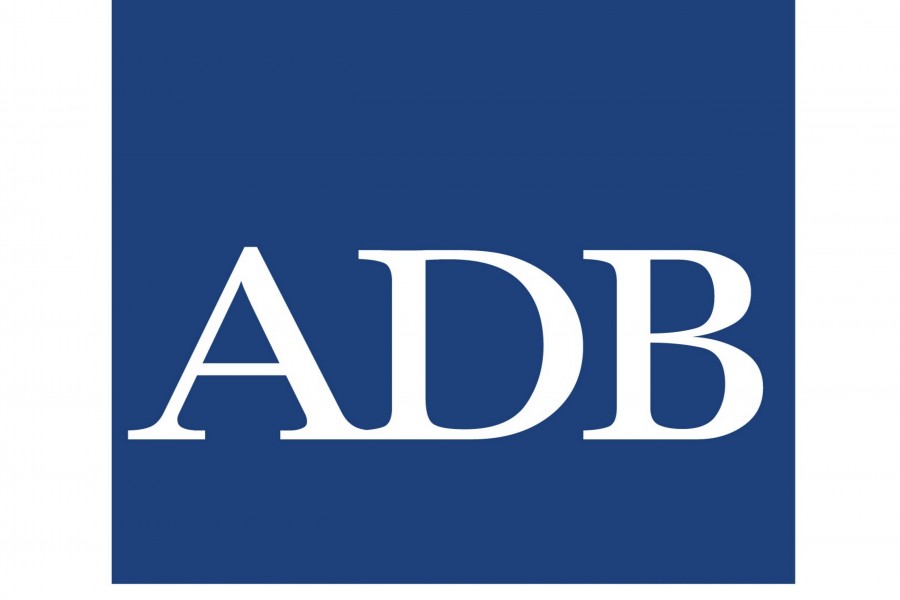Asian Development Bank (ADB) President Takehiko Nakao today (Wednesday) met with Bangladesh Prime Minister Sheikh Hasina, Finance Minister Abul Maal A. Muhith and other senior officials during a 3-day visit in which he committed to further strengthen ADB’s 45-year partnership with the country, said a statement.
In his discussions, Mr. Nakao acknowledged Bangladesh’s impressive economic and social development over the last decade. The growth in these 10 years averaged about 6.3 per cent and reached 7.3 per cent in 2017. This high economic growth has enabled Bangladesh to attain middle-income status in July 2015 and helped cut poverty from about 49 per cent in 2000 to 24 per cent in 2016.
Mr. Nakao noted that Bangladesh is on track to continue its growthmomentum and complimented the government for sound management of the economy. “Accelerating GDP growth through higher investment in manufacturing and key infrastructure is the right strategy,” he said. “Sustaining this progress, however, will require animproved investment climate for the private sector,better revenue mobilization, and continued prudent macroeconomic management.”
The ADB President alsocommended Bangladesh’s handling of the humanitarian emergency that has seen an influx into its borders of over 688,000 people from Myanmar since October 2017. Mr. Nakao reiterated ADB’s offer of support to help the government address the crisis, if requested.
ADB’s Country Partnership Strategy for Bangladesh proposes total assistance of $8 billion, including for non-sovereign operations,during the period 2016–2020, 60 per cent up from $5 billion in 2011–2015. In 2016-2017 ADB approved $2.5 billion in sovereign and $600 million in nonsovereign assistance. To support government efforts, ADB will provide additional resources depending upon need, performance of ongoing projects, and readiness of new projects.
“ADB remains committed to supporting infrastructure development in the energy, transport and urban sectors to help Bangladesh promote private investment, attract foreign directinvestment,and boost growth further,” said Mr. Nakao.
He added that ADB would also continue to invest in primary and secondary education along with technical and vocational training to helpthe vast young population better prepare for quality jobs. One important priority is to provide science and technology education especially for female students.
In the urban sector, ADB’s investments are supportingwater supply, sanitation, urban roads and municipal governance for service deliveryin cities such asDhaka and Khulna, as well as many secondary towns.
In his meeting, Mr. Nakao reiterated ADB’s support to the government to formulate a comprehensive plan for developingan economic corridor in the southwest region to diversifyeconomic activities, ensure regionally balanced development, and open opportunities for enhanced regional cooperation and integration in South Asia and beyond.
Mr. Nakao visitedselected ADB-assisted projects in Bangladesh including the Ashuganj power plant, a secondary school in Bhairab, urban infrastructure improvement activities in Narsingdi, and railway improvements in the Dhaka-Chittagong corridor.
Bangladesh joined ADB in 1973, and in 1982 became the first ADB member to host a field office. To date, more than $20 billion in ADB loans, grants, and technical assistance has been approved for the country. Approved non-sovereign loans, equity investments, and guarantees have totaled $985.28 million.
-rmc//


